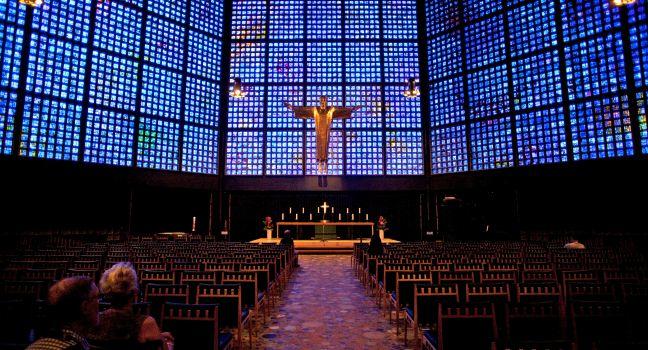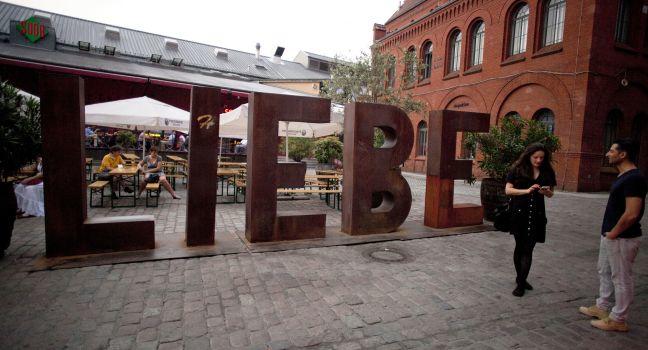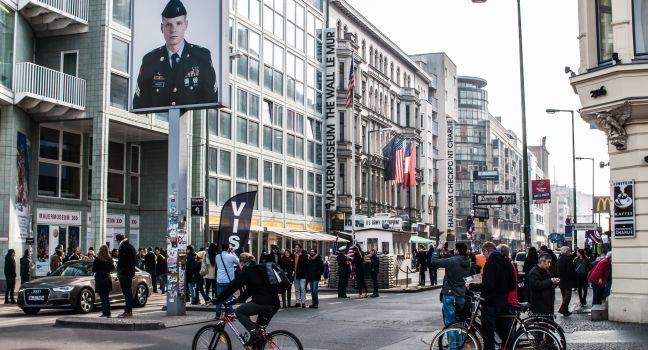Haus am Waldsee
Built in the 1920s, when an earlier Berlin art scene was at its peak, this villa officially became an exhibition space in 1946, just as Germany was recovering from the war. Today, it stays true to its mission as both a museum for contemporary art and an expansive sculpture park—albeit one a good many Berlin visitors don’t know about. The Haus presents a wide range of work by contemporary artists of international acclaim who are from Berlin or live here in up to five exhibitions each year. The juxtaposition of the contemporary and avant-garde with the nearly 100-year-old villa is well worth the trek out from the center of town.










